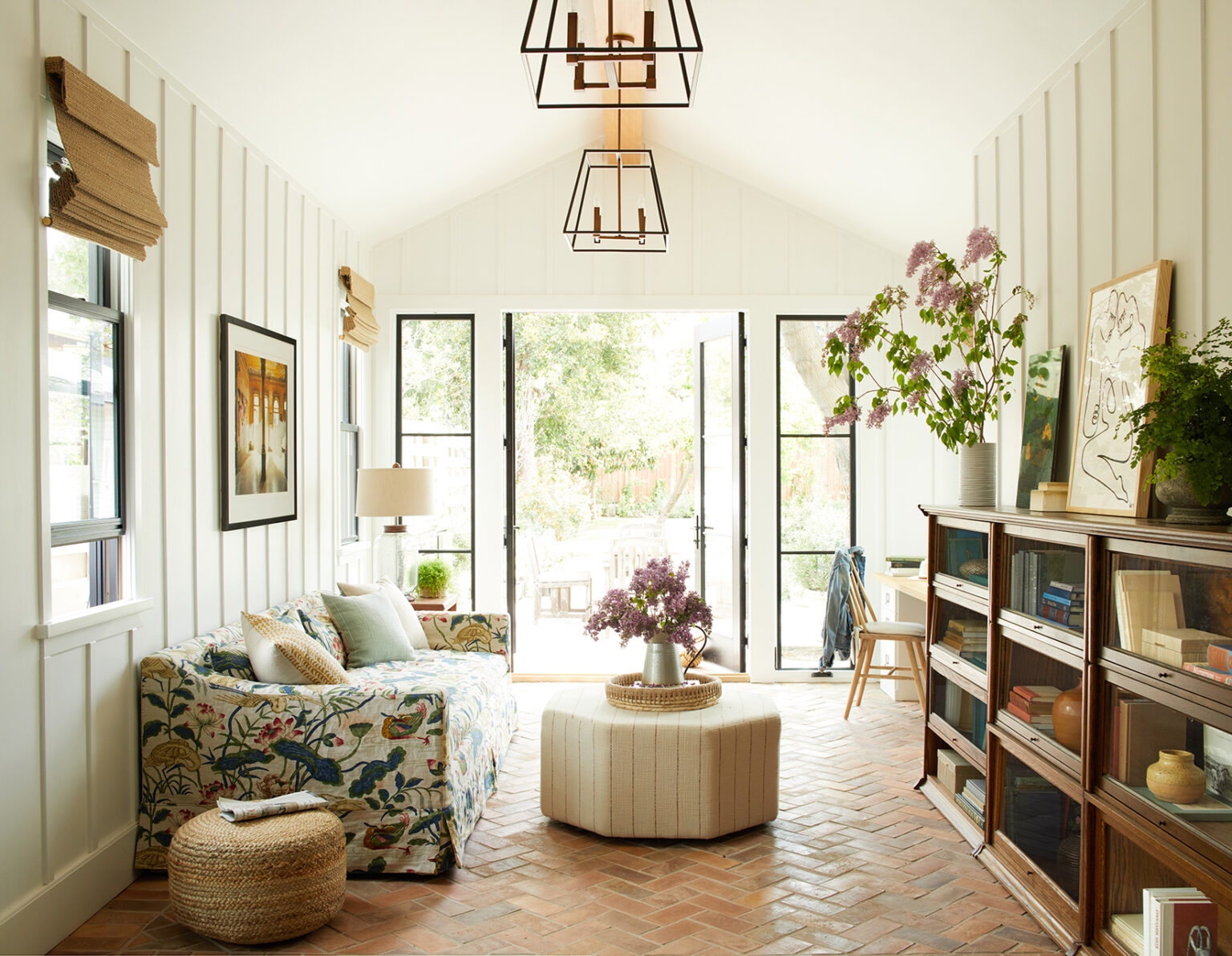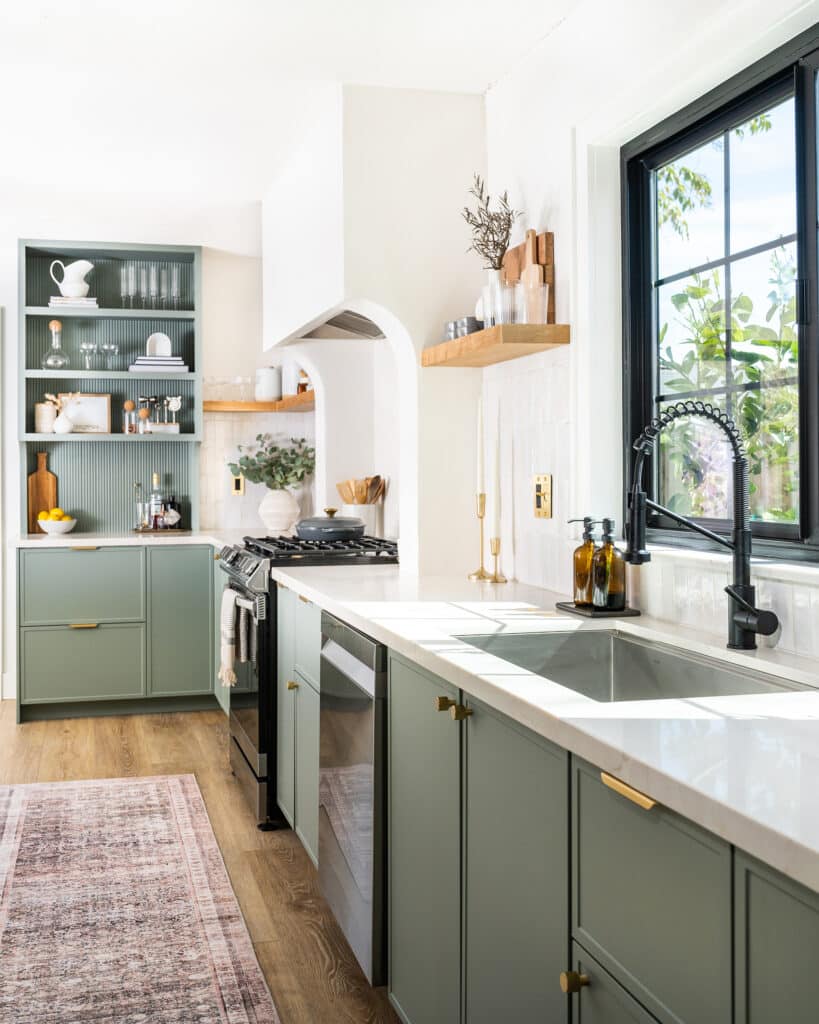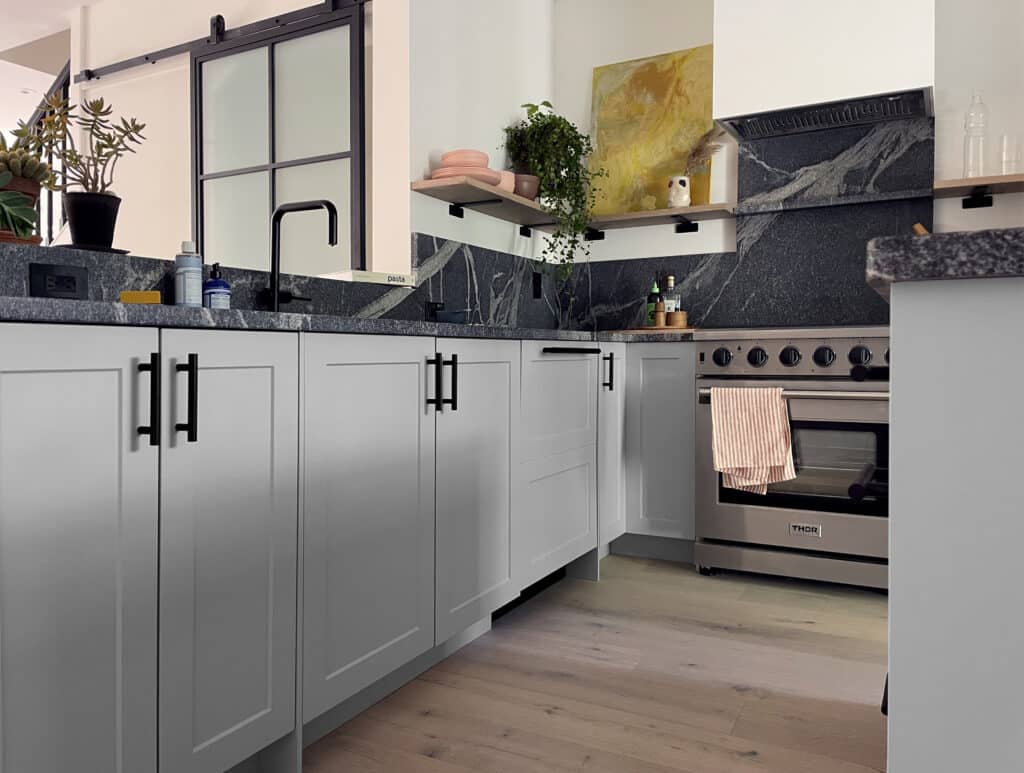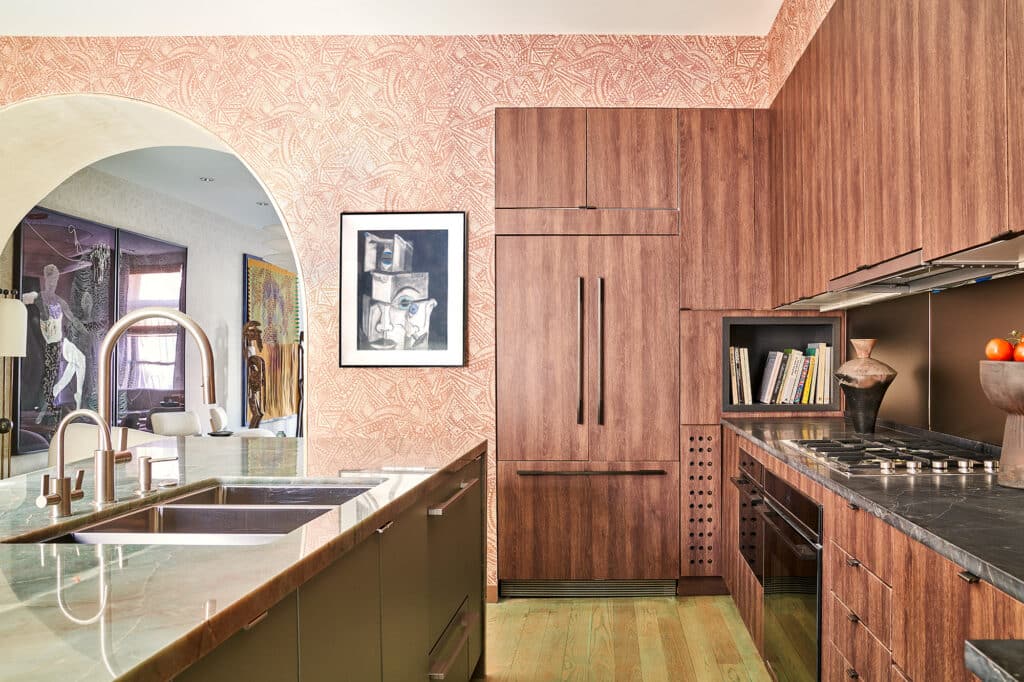It was in the inaugural season of HGTV’s Fixer Upper that Joanna Gaines set off a paneling storm.
“Boy, I’ll tell you what, I had my doubts about the shiplap,” homebuyer Chuck Codd said during the episode’s reveal. “I wasn’t exactly sure how it was going to turn out, but this looks really, really great.” That was 2014. Since then, its popularity has shot up. But it’s not just about shiplap, there’s wainscotting, beadboard, board and batten. Head spinning yet? Let’s make this easy.
One of the reasons that wall paneling is so popular is likely due to our preference for clean, modern spaces (in contrast, say to a more Victorian look where every piece of trim is painted a different color). It adds dimension to a room without being jarring. So you can get that all-white look with just a little extra oomph.
Historically, paneling didn’t start off as an aesthetic choice, though. It was about comfort. In a pre-central heat world, the first wood-covered wall was for insulation. Stone walls were cold and often wet from condensation. Yuck. The best solution was to cover the entire surface (even the ceiling) with wood. If you had the cash to panel your room you likely had enough to make sure it looked pretty darn spectacular. The more elaborate the carving, the better.
Today, however, you don’t need to hire a wood carving artisan. In fact, most wall covering options are sold in sheet form at your local hardware store, making this a DIY candidate (if you’re skilled with a saw). Some of the most popular paneling styles today will likely feel quite familiar, even if you’re not sure of their technical terms. Here’s our little cheat sheet:
Shiplap
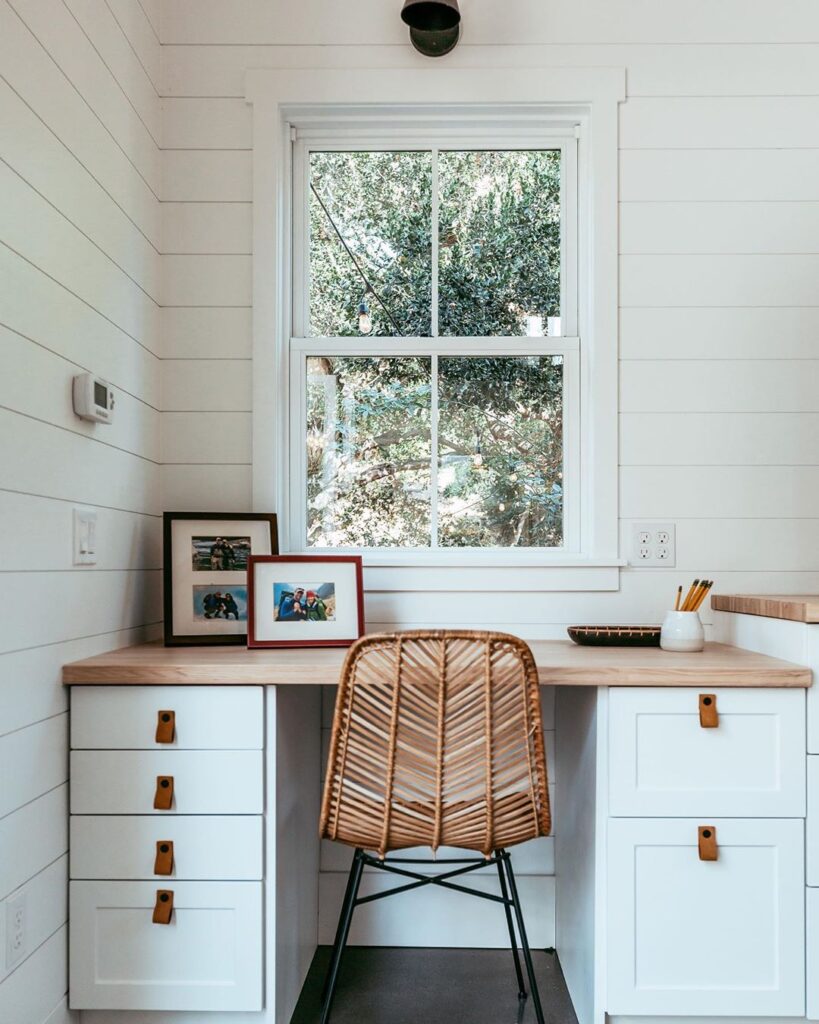
Photography: Jennifer Yau; Design: Jill Ellis
We have Joanna Gaines to thank for our modern shiplap obsession. (Have some time on your hands? Watching her husband, Chip, prep the boards is oddly satisfying.) Fixer Upper aside, the real credit goes to 19th-century boat builders, who would cut grooves into the top and bottom of the boards, which created a water-tight seal. To get super technical, it’s these special joints that differentiate shiplap from your average horizontally installed boards.
It was such a good idea that home builders adapted the technique as exterior sheathing to block out cold winds. But here’s the clincher: It was never intended to be exposed. In those pre-drywall days (before 1915), it would be covered with cheesecloth or muslin to smooth out the seams and give wallpaper (the finish of choice) something to adhere to.
Board and Batten
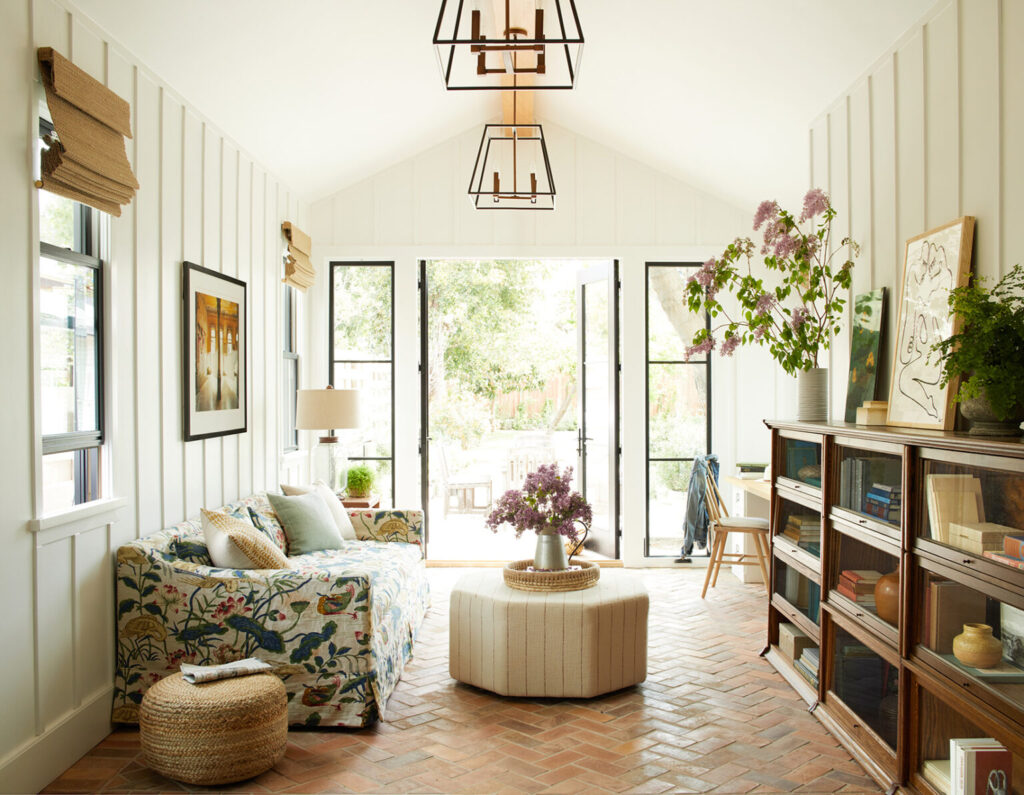
Photography: David Tsay; Design: Rosa Beltran
Like shiplap, this technique started off on the outside of a house. It was inexpensive and easy to install so was historically used to build informal buildings like houses, barns, and garden sheds. The batten is the thin strip of molding placed between the seams of the board.
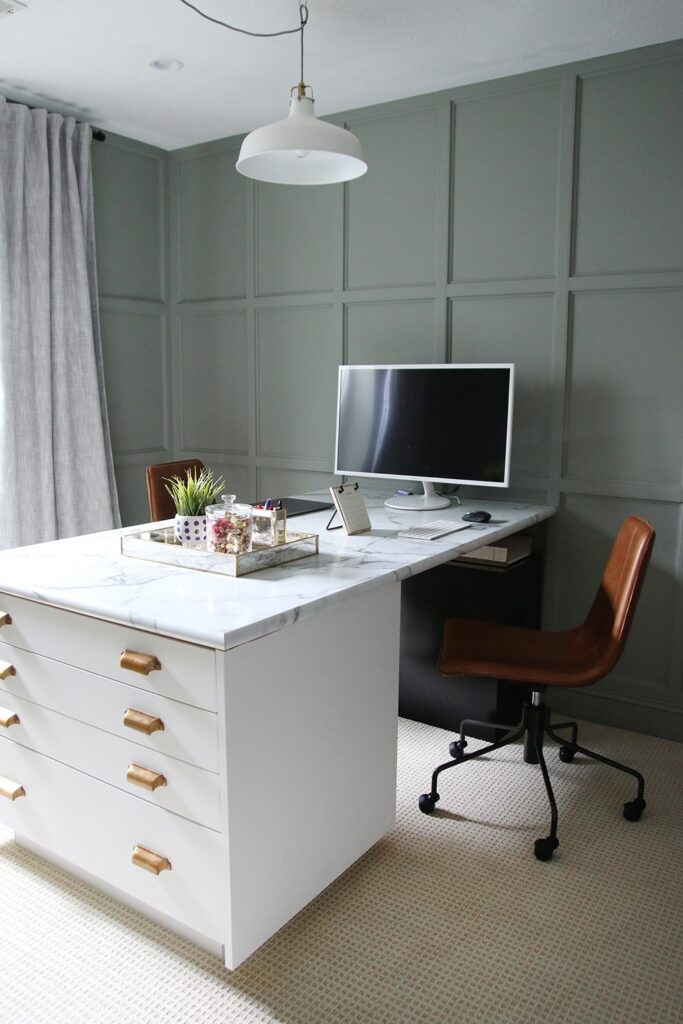
Photography and design: Chris and Julia Marcum
OK, little clarification here. Sometimes, horizontal and vertical strips used to create a grid are confused for board and batten. Technically, this is not the correct term. Instead, this style is called box molding, which was quite popular in Tudor England.
Wainscoting
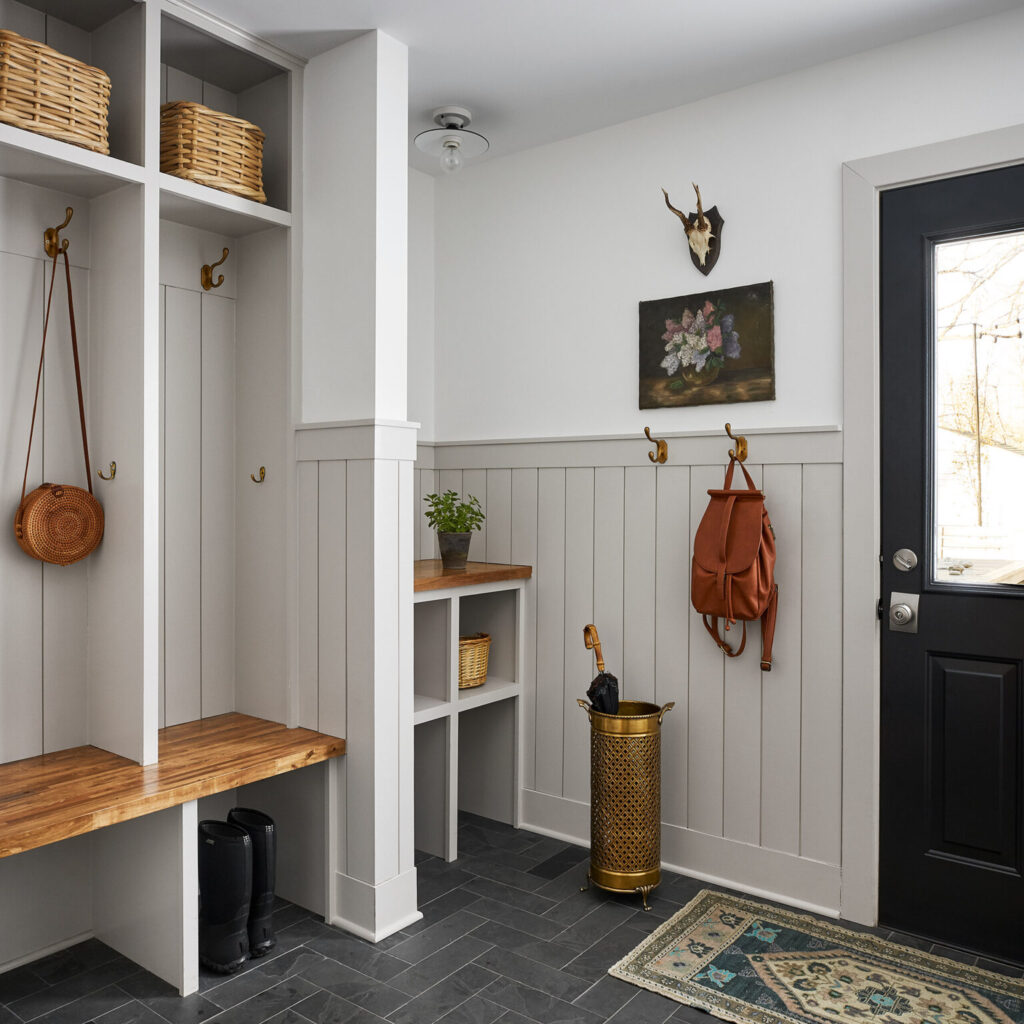
Design: ReDesign Home
So far, we’ve been talking about wood cladding that runs from floor-to-ceiling. But if you’ve spent any time on Pinterest, you know that it can also go halfway up: wainscoting. I have seen this spelled “Wayne’s Coating” on forums. (Go Wayne!) The mistake is actually understandable since most of us don’t have practice spelling 14th-century Dutch words. Waghenscote referred to wood of superior quality and can be traced back to England in the time of Elizabeth I (or the late 16th century). The preferred wood was knot-free oak, often imported from Russia, Germany, or Holland.
Beadboard
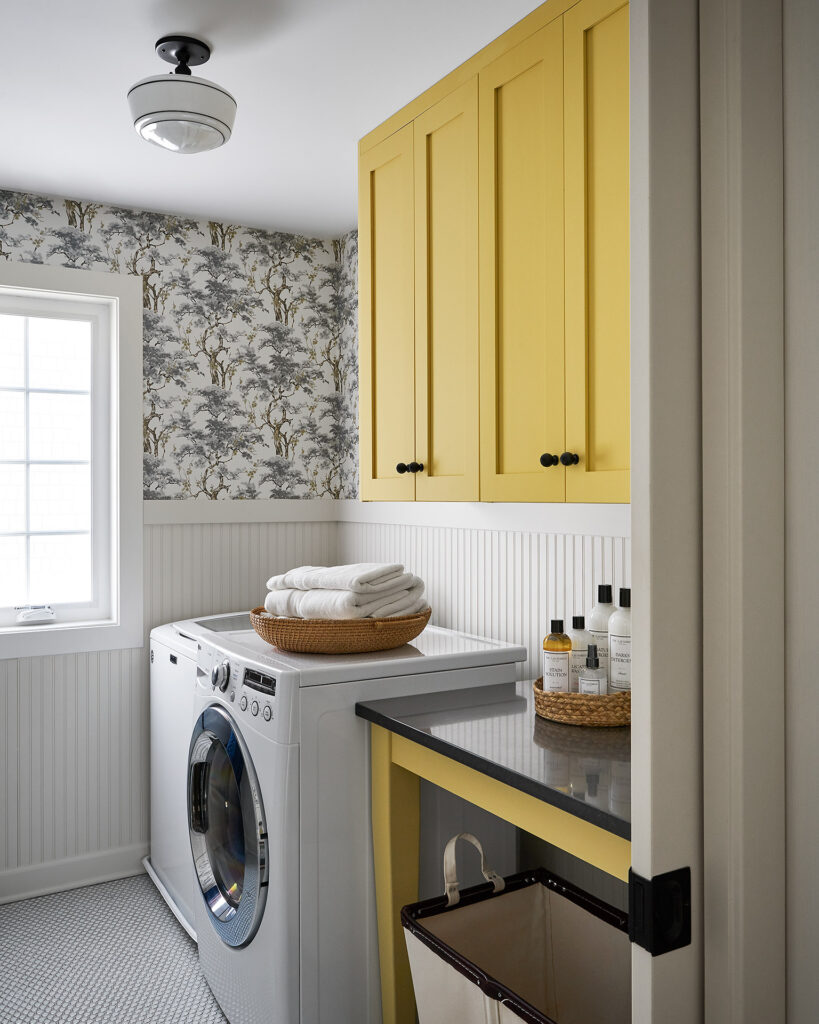
Design: ReDesign Home
Beadboard is just one type of wainscoting. You can identify it by its long grooved panels. If you look closely, you’ll see one or more half-round “beads” (indentations in the boards) milled into the surface of the joint. The “beads” were intended to disguise the joints, especially during seasonal moisture changes. Initially, it was a more functional rather than aesthetic treatment intended to be used in kitchens and back halls. It reached its height of popularity during the late 19th century but is definitely back en vogue.
There are many, many more wall treatment styles (these are just the most popular). These days, they’re a great and (relatively) easy way to add some historic character and charm to even the most basic builder-grade home. Wood paneling has been around for hundreds of years and we’re going to bet that it’s here to stay. I, for one, am putting my money on it and installing some beadboard in my basic bathroom this very minute.





